Papaver rupifragum ‘Flore Pleno’. A lovely evergreen perennial poppy for the cottage garden. All through the summer the rosettes throw double flowers of tissue thin petals in tangerine orange , nodding on long tall stems. regular dead-heading increases greatly the number of blooms. Will definitely add more to the garden than the small amount of space it uses up would warrant. 45cm high. Easy to grow in a sunny spot. April to August
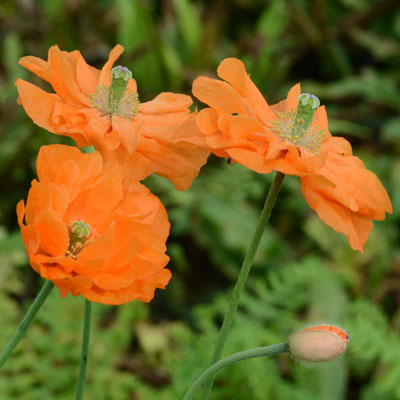
Papaver rupifragum ‘Flore Pleno’
Papaver orientale ‘Royal Wedding’ – Oriental Poppy. An Oriental Poppy with beautiful well formed creamy white flowers with contrasting black blotches and stamens. A poppy with great charm and refinement holding its flowers very gracefully. For full sun with a deep root run. 80cm
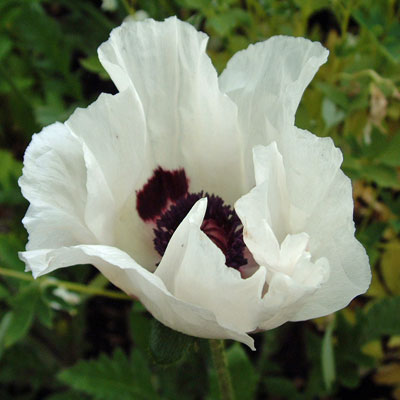
Papaver orientale ‘Royal Wedding’
Papaver orientale ‘Aglaja’. A fabulous poppy with a frilly party dress of layer upon layer of salmon pink tissue paper-like petals. The edges are heavily frilled and the centers are stained with cherry pink. A short and stocky poppy only 50cm high. Flowers May to June and sometimes again in September-October after a brief siesta in the height of Summer. for Full Sun.
Papaver orientale ‘Snow Goose’. What a gorgeous poppy this is, it could be on ‘Strictly Come Dancing’ with its ruffled layers of palest pink, almost white petals. The purple velvet cap of the ovary in the centre of all this ‘taffeta’ is surrounded by a feather boa of black and mauve stamens. Younger flowers are more pinky still making a lovely combination. Flowers from May to June to 60cm tall. can become Summer dormant for awhile after flowering, especialy in dry conditions. Needs Full Sun.
Papaver orientale ‘Scarlet King’. I make no apology for including this old red poppy because, just sometimes, the old ones endure because the still rank with the best. It is strong and reliable, tolerant of whatever weather conditions it is faced with without balling up and having a sulk. The glorious glowing scarlet flowers with their crepe paper petals are carried on strong stems to 1m in May and June. At the orange end of the red spectrum. for full sun.

Papaver orientale ‘Scarlet King’
Papaver orientale ‘Prinzessin Victoria Louise’ – Oriental Poppy. An Oriental Poppy with particularly large blooms in a soft salmon-pink with central black blotches. Blooms are quite wide opening. An extravagant splash of colour which will lounge gracefully out of the early summer border. Foliage dies away in late summer. 80cm

Papaver orientale ‘Princess Victoria Louise’
Papaver orientale ‘Patty’s Plum’ – Oriental Poppy. An unusual colour break for an oriental poppy with enormous flouncy blooms in rich maroon-purple freely produced in early summer. An unusual colour, but one that is most attractive, particularly in combination with the particularly good flower shape. performs best in full sun with a deep root run. flowers to 100cm. Named in honour of Patricia Marrow.
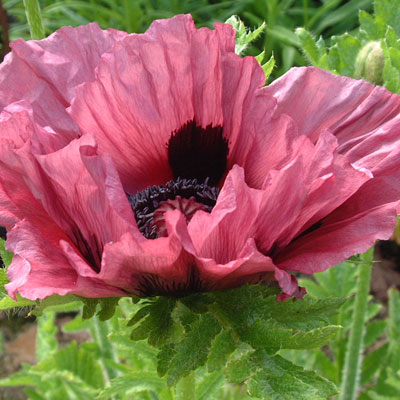
Papaver orientale ‘Patty’s Plum’
Oriental Poppies are a real hit of blousy extravagance for the early season, but need careful placement to work in the garden. They have an unusual seasonal growth pattern, starting into leafy growth in late Summer. They go all winter as a leafy mound which then throws the flowering stems in May to June, after which they disappear for a Summer sleep. This can make them difficult to buy in a pot as the effort of flowering robs the leaves and they usually look atrocious just when customers want to choose them by colour. (Much better to buy them off a reputable website with lovely photographs !). In the garden plant them where a later flowering plant can flop into the space they vacate during summer. Some suggest planting them behind Asters. Gertrude Jekyll used to plant them in front of large Hostas They often need staking, but, in my opinion, look a lot better flopping forward in decadent abandon. Grow in any deep well drained soil, preferably in full sun.
There is an interesting history to the first white oriental poppy, ‘Perry’s White’. Oriental Poppies were initially just red until in 1905 Amos Perry, by chance, found the salmon pink P. ‘Mrs Perry’. He sowed many self-crosses hoping for a white, but none came. In 1912 a customer of his was planting a fashionable pink border, pale at the edges building to a rich scarlet at the centre. He supplied all the plants and retired satisfied. However in 1913 he received an irate letter saying that instead of the startling red centrepiece poppy there had arrived ‘a nasty fat white one’. He went along promptly to investigate and swapped the offending white with some montbretias. Papaver ‘Perry’s White’ had been found.
The poppy has long been associated with sleep. In Othello, Iago says
‘Not poppy, nor mandragora
Nor all the drowsy syrups of the world
Shall ever medicine thee to that sweet sleep
Which thou ownd’st yesterday…’
The Opium Poppy, Papavaer somnifera has been the source of comfort and misery for generations. The raw material obtained from scratching the seed pods is the illegally traded basis of heroin. However, when refined into Morphia it is the basis of many pain relieving drugs such as codeine. Morphia often forms the basis of cough remedies as is works as a suppressant on the part of the brain responsible for coughing.
Papaver is the original Roman name for poppies. Poppy is derived from the Anglo Saxon ‘popig’, a corruption of the Latin.
Mecanopsis
Mecanopsis ‘Lingholm’. A treasure of a plant for a moist, leafy site in partial shade. Stiff flowering stems carry well shaped poppies of the most intense bluest of blues with a generous central boss of stamens. ‘Lingholm’ is known as one of the more reliably perennial of the blue poppies. Lovely























































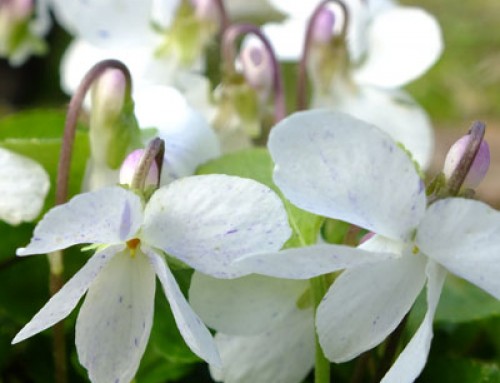

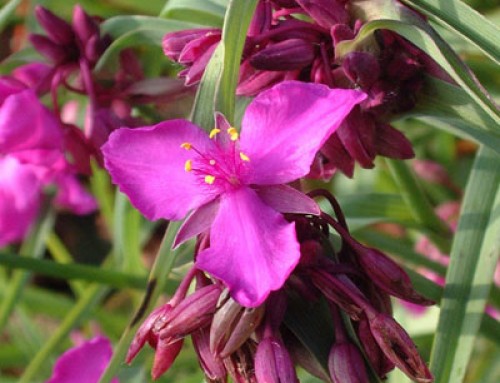
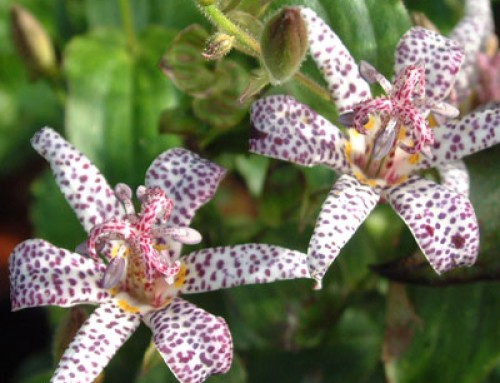
Leave A Comment
You must be logged in to post a comment.